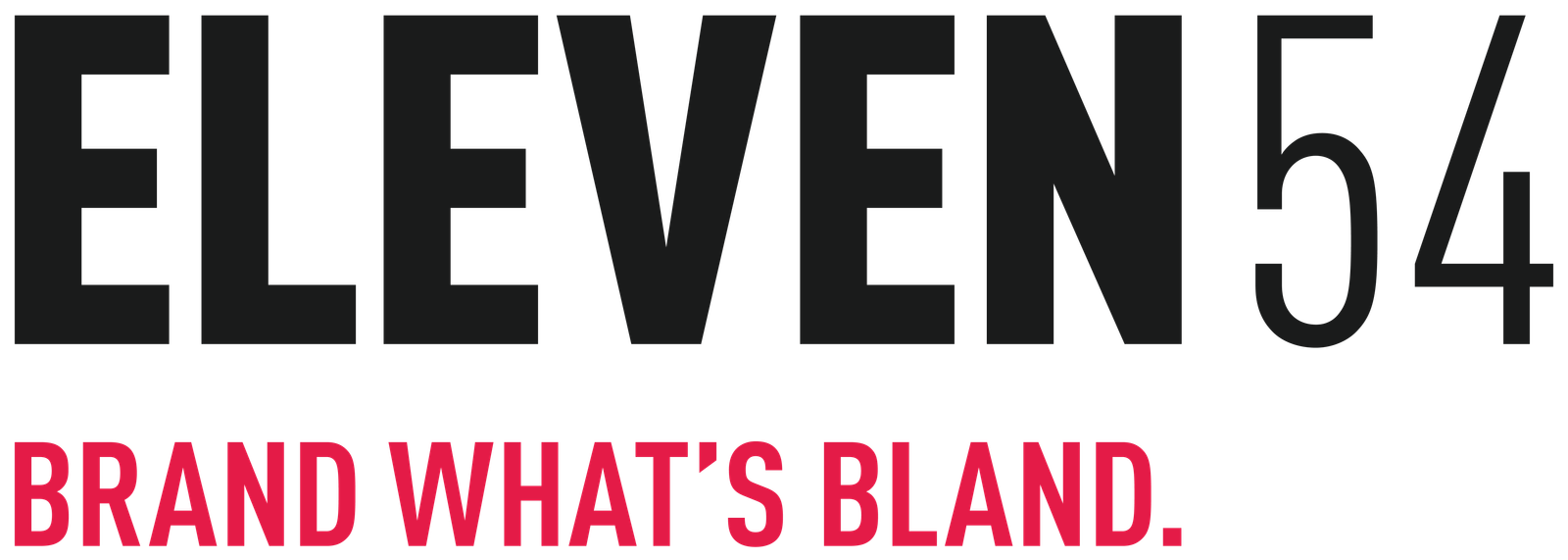In today’s fast-moving digital world, video is no longer optional – it’s one of the most powerful ways to capture attention, explain your product, and build trust with your audience.
But when it comes to animation, many business owners ask the same question:
Should I go with 2D or 3D animation?
Both styles have unique strengths, costs, and timelines. Choosing the right one can be the difference between a campaign that generates strong ROI – or one that drains your resources without results.
Why 2D Animation Still Works for Business
2D animation creates movement in a flat, two-dimensional space using illustrations and graphics. It’s the style you may associate with classic cartoons – but it’s also a highly effective business tool for explainer videos, social media campaigns, and brand storytelling.
Why Businesses Choose 2D
- Cost-Effective – Typically more affordable than 3D.
- Fast Turnaround – Perfect when you need to launch quickly.
- Versatile – Works well for storytelling, character-driven content, and data visualisation.
Typical Workflow
- Concept & Storyboard – Mapping out visuals and narrative.
- Design – Creating illustrations or motion graphics.
- Animation – Bringing visuals to life, frame by frame or with software.
- Post-Production – Adding sound design, music, and finishing touches.
Why 3D Animation Captures Attention
3D animation builds characters, objects, and environments in three dimensions, allowing for realistic depth, lighting, and movement. It’s widely used in film, product demos, architectural visualisations, and high-impact advertising.
Why Businesses Choose 3D
- Realism – Highlight products with lifelike accuracy.
- Brand Prestige – A premium look that conveys innovation and quality.
- Dynamic Angles – Flexibility to create complex scenes and perspectives.
Typical Workflow
- Concept & Modelling – Designing 3D models of characters or products.
- Rigging & Animation – Creating skeletons for movement.
- Texturing & Lighting – Adding materials, colour, and shadows.
- Rendering & Post – Producing polished, finished footage.
2D vs 3D: A Quick Comparison
| Factor | 2D Animation | 3D Animation |
| Visual Style | Flat, stylised | Realistic, dimensional |
| Production Cost | ~€2,500-€6,000 per 60 sec | ~€5,000-€15,000+ per 60 sec |
| Turnaround Time | 4-6 weeks | 8-12+ weeks |
| Best For | Storytelling, explainers, infographics | Product demos, architectural visualisations, premium branding |
| Revisions | Faster and easier | More complex and costly |
Animation Pricing: What You Can Expect to Pay
While no two projects are identical, here’s a ballpark estimate of what you might expect to invest:
- 2D Animation:
~€2,500-€6,000 for a 60-second professional video.
Best for startups, SMEs, and fast turnaround campaigns.
- 3D Animation:
~€5,000-€15,000+ for a 60-second high-quality piece.
Ideal for product launches, premium branding, and campaigns where visual impact key.
Note: More complex scenes, multiple characters, or advanced effects can raise costs for both.
2D vs 3D Animation Production Timeframes
Time is money – especially when planning campaigns.
- 2D Animation: Typically, 4-6 weeks for 1-2 minutes of content.
- 3D Animation: Usually 8-12+ weeks, given the modelling and rendering involved.
Case Study 1 – 2D for Quick ROI
A European SaaS startup created a 90-second 2D animated explainer to simplify their product pitch.
Investment: ~€3,800
Outcome: Sign-ups increased by 27% within 3 months, delivering an ROI of about 6:1.
Why 2D worked: They launched in just 5 weeks – fast enough to gain traction before a major trade show.
Case Study 2 -3D for Premium Impact
A luxury furniture brand used 3D product animations for an online launch.
Investment: ~€12,000 for 3 videos.
Outcome: Website engagement jumped by 40%, online sales grew by 22%, and the brand expanded into new international markets.
Why 3D worked: Realistic visuals helped build trust with customers who couldn’t see the products in person.
How to Decide What Fits Your Brand
The best choice depends on your budget, goals, and brand positioning.
- Choose 2D if you need cost-effective, fast production that communicate a clear message without heavy realism.
- Choose 3D if you want to wow your audience with lifelike visuals, highlight detailed products, or elevate your brand’s premium image.
Pro Tip: Some businesses blend both – using 2D for storytelling and 3D for product close-ups. This hybrid approach gives you the best of both worlds.
Final Takeaways:
- 2D Animation: Speed, affordability, and clarity – perfect for startups, explainers, and campaigns focused on storytelling.
- 3D animation: Prestige, realism, and depth – ideal for premium products, high-ticket launches, and impact-driven branding.
- Bottom Line: It’s not about which style is “better” – it’s about which delivers the best return for your business.

